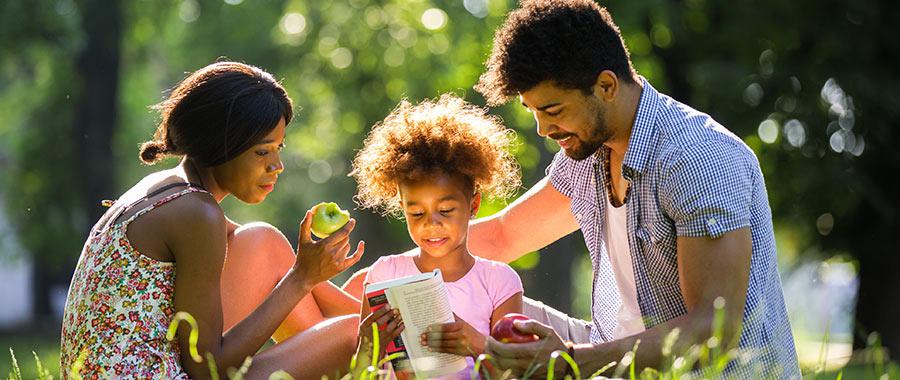In the grand tapestry of human existence, the notion that “Every Child is Potentially the Light of the World” resonates across various facets of Bahá’í teachings, imbuing them with a profound significance. This metaphor, rich in its implications, serves as a guiding principle, illuminating the essence of education, the transformative power of youth, and the imperative of nurturing the potential inherent in each individual. At the heart of this metaphor lies a compelling philosophy that underscores the importance of recognizing, cultivating, and channeling the latent abilities of children.
The metaphor of light is pervasive in various cultures and religions, often signifying purity, wisdom, and enlightenment. In the context of Bahá’í teachings, light transcends its physical properties; it symbolizes the innate potential bestowed upon every individual at birth. Just as light dispels darkness, knowledge and education serve to illuminate the mind, guiding children toward a brighter future. It is within this framework that the Bahá’í Faith advocates for universal education, an endeavor not merely for intellectual growth but as a means to foster moral and spiritual development.
Universal education, as espoused by Bahá’í principles, is grounded in the recognition of the unique potential embedded within each child. This encompasses the academic, the emotional, and the spiritual dimensions of a child’s growth. A holistic approach to education recognizes that the path to enlightenment is not merely through the acquisition of knowledge but through the nurturing of character, values, and ethical sensibilities.
The foundation of these teachings lies in the concept of the child as a ‘tabula rasa’ or blank slate. The implication is that children are inherently innocent and imbued with a clean slate upon which experiences, knowledge, and character can be imprinted. Thus, the responsibility of nurturing this potential lies not only with the family but extends to the broader community and society as a whole. Every interaction, every educational opportunity, and every act of kindness contributes to shaping the trajectory of a child’s life. The Bahá’í approach advocates for an educational system that is inclusive, equitable, and tailored to the diverse needs of all children.
This ideal underscores the importance of a supportive environment where children can explore their identities, ask questions, and forge connections with one another. In this nurturing atmosphere, the children flourish, much like seedlings nurtured in sunlight and water. The Bahá’í community emphasizes the cultivation of virtues such as honesty, compassion, and justice, which not only enhance individual character but also promote social harmony and cohesion.
Moreover, the metaphor extends beyond education into the role of every member of society in championing the well-being of children. It calls for an ardent commitment to creating a world where every child can thrive and actualize their fullest potential. This embodies the essence of collective responsibility whereby communities are charged with protecting and empowering their young, akin to a guardian who ensures the light within each child continues to sparkle brightly amid adversity.
In recognizing that the light within children can reflect the brighter future of humanity, the Bahá’í teachings also extend a clarion call to eradicate the barriers that hinder children’s development. These barriers can manifest as socio-economic inequalities, cultural biases, or systemic injustices. The pursuit of global justice and equality becomes a mission not only for adults but also a shared responsibility involving children and youth as active participants in the edifice of change.
Engaging children in community service and social action initiatives cultivates their sense of responsibility and interconnectedness with humanity. This involvement fosters a realization that the light they carry is not solely for their benefit but is intrinsically linked to the well-being of others. By empowering the next generation to champion causes such as social justice, preservation of the environment, and the promotion of peace, the Bahá’í teachings inspire children to become not only recipients of education but also beacons of change and progress.
Furthermore, recognizing the multifarious potential within every child invites a re-examination of educational methodologies. Approaches that emphasize critical thinking, creativity, and collaboration are essential for nurturing the light contained within each individual. The advent of technology and innovative educational practices can supplement traditional methods, thereby providing children with the tools necessary to navigate an increasingly complex world.
The unique appeal of the Bahá’í teachings lies in their universal message that transcends cultural, geographical, and ideological boundaries. The metaphor of children as the light of the world encapsulates the shared responsibility of humanity to foster an environment where all children can shine. This collective endeavor calls for a reimagining of social structures, policies, and mindsets that prioritize the welfare of children as the foundation of a more just and equitable world.
In conclusion, the principle that “Every Child is Potentially the Light of the World” serves as an empowering reminder of the immense possibilities that lie ahead when we invest in the potential of each child. The Bahá’í teachings advocate for a paradigm shift toward a model of education and social engagement that honors this potential—that recognizes the innate strengths children bring into the world and celebrates their unique contributions. As society endeavors to kindle the light within each child, it simultaneously illuminates the path toward a future characterized by unity, peace, and prosperity for all.
